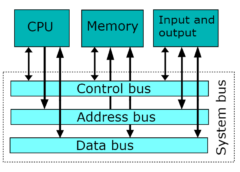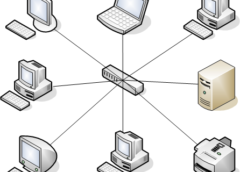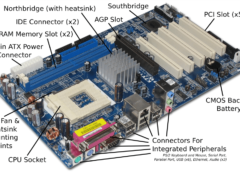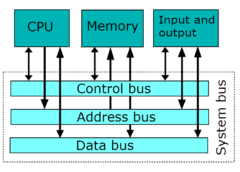
A cloud service provider, or CSP, is an IT company that provides on-demand, scalable computing resources like computing power, data storage, or applications over the internet. Typically, cloud-based service models are defined as IaaS (infrastructure as a service), PaaS (platform as a service), or SaaS (software as a service).
Cloud service provider definition
A CSP (cloud service provider) is a third-party company that provides scalable computing resources that businesses can access on demand over a network, including cloud-based compute, storage, platform, and application services.
Cloud computing is becoming the go-to model for accelerating digital transformation and innovation as it offers the flexibility, scalability, resiliency, and security that business demands require without being concerned with the physical limitations of your own on-premises servers or investing a lot of resources into building out, managing, and maintaining an in-house data center.
Instead of building your own infrastructure for internal services and business applications, you can rent services from a CSP on their infrastructure, which you’ll share with other individuals or organizations.
Learn more about Google Cloud, a suite of cloud computing service models offered by Google.
Types of cloud providers
CSPs offer a variety of services, but typically they fall under three types of cloud service providers:
IaaS providers
IaaS solutions provide access to IT infrastructure components that you would normally have in your data center, eliminating the need to procure, configure, or manage your own. This includes resources like compute, networks, storage, data management, virtualization, and operating systems. While the IaaS model increases flexibility, lowers costs, and speeds up times to market, customers are still responsible for managing and maintaining their own applications and responding to issues.
PaaS providers
PaaS solutions build off IaaS, providing tools and services to create and deploy applications. PaaS incorporates operating systems, middleware, and runtime environments into the application stack and also manages any hardware or other assets related to the underlying infrastructure.
SaaS providers
SaaS solutions are perhaps the most familiar and make up the fastest growing services in the cloud market. CSPs deliver ready-to-use applications and are responsible for maintaining and managing everything, from hardware and maintenance to development, scaling, and delivery. For example, you probably use many of the SaaS productivity applications in Google Workspace every day, such as Gmail, Calendar, Docs, and Drive.
While these are the most common categories, they do not fully describe all of the types of services currently offered by CSPs. Many top cloud service providers are continuously developing new cloud-based services around emerging technologies like containerization, edge computing, machine learning, and Kubernetes.
Types of cloud service providers can also be categorized based on whether they deliver services via public cloud infrastructure or use private, hybrid, or multicloud deployment models.
Cloud service provider examplesThe CSP market includes cloud providers of all shapes and sizes. The big three—Google Cloud, Microsoft Azure, and Amazon Web Services (AWS)—are considered the established leaders. However, there are a host of other smaller or niche players that offer cloud services as well, including IBM, Alibaba, Oracle, Red Hat, DigitalOcean, and Rackspace. Increasingly, companies are choosing to mix and match cloud services from different CSPs for different requirements rather than choosing one provider for everything. In most cases, choosing to work with multiple cloud providers helps businesses select the best cloud capabilities for their unique use cases. For instance, different providers may specialize in certain areas like data analytics and AI services or offer better support for legacy environments or broader compute options. CSPs that follow an open approach to the cloud give their customers the freedom to combine the services and providers that best fit their needs, allowing them to move workloads to and from on-premises and between cloud providers at any time.
Benefits of using a cloud service provider
|
Business agility CSPs shoulder many of the responsibilities of maintaining, repairing, and securing hardware and software. This gives IT teams more time to focus on development and significantly speeds up time to market. |
Reduced costs Cloud service providers offer pay-as-you-go access to cloud services. You only pay for what you consume, helping to reduce the necessary upfront investment needed to build and maintain IT infrastructure. |
Scalability Public cloud providers offer nearly infinite resources, which can be scaled up or down quickly to accommodate demand, such as an unexpected surge in traffic or adding capacity to support new business growth. |
|
Reliability Cloud service providers offer expertise and experience, ensuring reliable cloud infrastructure. They must also guarantee a certain level of uptime and performance to fulfill their service-level agreements (SLAs). |
Centralized location A CSP can also help you centralize and integrate your services and software in a single place, making it easier for users to access, analyze, and activate valuable data and resources. |
Future-proof systems CSPs are constantly evolving to make services available around emerging technologies. The right cloud provider can help you ensure your systems and tools keep up with the latest advancements. |
|
Improved mobility The services and resources of cloud service providers are accessible from any physical location with a working network connection. Remote workers can securely access applications and files from anywhere as long as they have an internet connection. |
Disaster recovery CSPs follow robust redundancy and resilience plans for business continuity to help minimize downtime and enable faster recovery of services even after severe disruptions. |
Challenges of using a cloud service provider
While there are many advantages to working with a cloud provider, there are some considerations to keep in mind.
Here are some of the key things for organizations to consider:
- Complex contracts: You will need to negotiate contracts and SLAs with each cloud provider you use. Multiple providers and vendors can lead to complex SLA relationships with different parameters and guaranteed service expectations.
- Vendor lock-in: Some cloud providers do not integrate well with competitor products and services. Becoming too dependent on a single provider can make it difficult to migrate data and workloads to another technology stack without incurring high costs, incompatibilities, or even legal constraints.
- Security responsibility: CSPs follow a shared responsibility model, which means cloud security is implemented by both the cloud provider and the customer. Poor understanding of a provider’s responsibilities and your own can lead to substantial security risks or security breaches.
Along with these specific concerns when working with cloud service providers, your organization will also need to have a solid cloud migration strategy in place and be ready to tackle new complexity when it comes to monitoring and managing cloud environments.
How to choose a cloud service provider
Cloud adoption is rarely a straightforward, one-size-fits-all journey. Choosing the right provider or providers, will depend on your unique needs and technology requirements.
Below is a list of some of the key factors to consider when evaluating cloud service providers:
1. Cost
While it shouldn’t be the only reason for choosing a cloud provider, cost is often one of the primary factors in making a decision. It’s helpful to think about both the direct costs of service usage (upfront and pay-as-go) and any indirect costs, such as hiring talent or retiring on-premises systems.
2. Digital capabilities and processes
Beyond the cloud products and services available, you should assess how well a CSP can help you meet your current and future IT needs. It’s helpful to consider how easy it is for you to manage and deploy services and what integration is available for existing business-critical applications. Other important considerations include whether they use standard interfaces and APIs, event and change management, and support for hybrid and multicloud models.
3. Trust
Trust in your cloud service provider is a prerequisite for a successful relationship. You should make an honest assessment of what you really need from a CSP and consider whether a provider can meet those expectations. For instance, does the CSP have a good market reputation? What level of cloud experience and technical knowledge do they have? Are they financially stable? And will they be able to provide the support and guidance you need to reach your goals?
4. Open ecosystem
Increasingly, proprietary solutions do not suit the technical requirements of modern business. You should evaluate cloud service providers on how “open” they are. For example, look at whether you have options to build, migrate, and deploy your applications across multiple environments, both in the cloud or on-premises. A top cloud service provider should leverage open source technologies and interoperable solutions that ensure consistency and effective management wherever your workloads may be.
5. Security
Finally, you should consider the security practices of a cloud provider. Your CSP must demonstrate that they can keep your business and customer data safe. This includes evaluating everything from security infrastructure to security policies and identity management to data backup and retention. It’s also essential to find out what controls exist to ensure the physical security of their data center, such as environmental safeguards, disaster recovery, and documented business continuity plans.
![]()



![[Continuation]: Current Challenges in Making Physics and Geography Compulsory](https://www.blog.nestict.com/wp-content/uploads/2024/12/The-universe-of-mathematics-physic-and-astronomy-its-ama…-Flickr.jpg)
![[Resource] : Why Physics and Geography Should Be Compulsory Like Mathematics in Education](https://www.blog.nestict.com/wp-content/uploads/2024/12/image.png)


![[LINKTREE] 2024 PAST PAPERS , NOTES ,RESOURCE,REVISION,EXAMINATIONS](https://www.blog.nestict.com/wp-content/uploads/2024/10/SCHM.jpeg)


![Maritime Terms, Abbreviations and Acronyms [Shipping Terms – Searchable]](https://www.blog.nestict.com/wp-content/uploads/2024/09/Container-Stowage-Stock-Illustrations-–-71-Container-Stowage-Stock-Illustrations-Vectors-Clipart-Dreamstime.jpg)
![Maritime Terms, Abbreviations and Acronyms [ Shipping Terms]](https://www.blog.nestict.com/wp-content/uploads/2024/09/image.png)

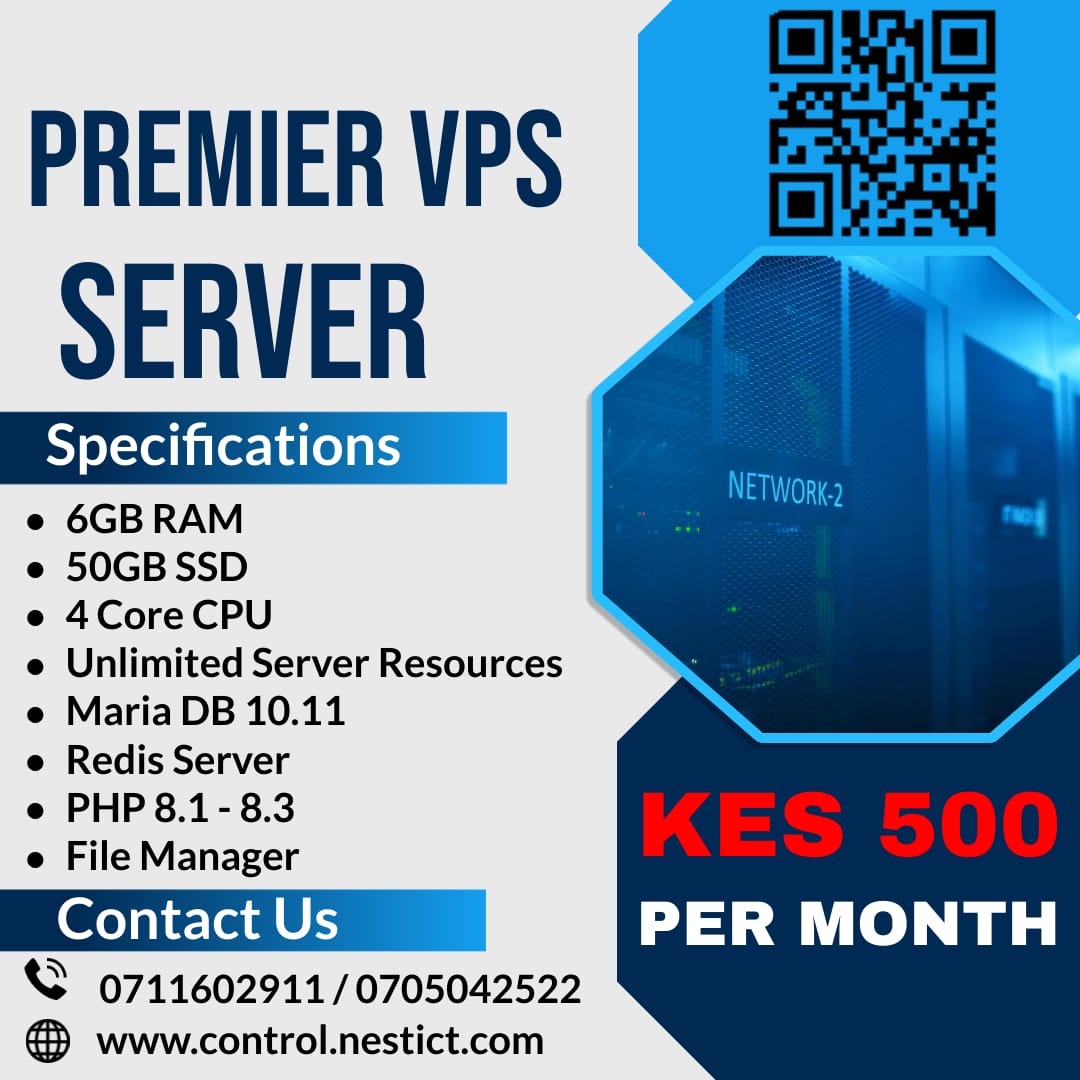



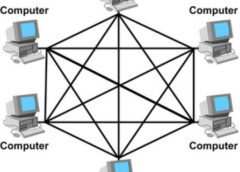


![[Explainer]: NVMe storage, SSD (SATA SSD), and HDD](https://www.blog.nestict.com/wp-content/uploads/2024/08/Laptops-are-available-with-SSDs-and-HDDs.png)
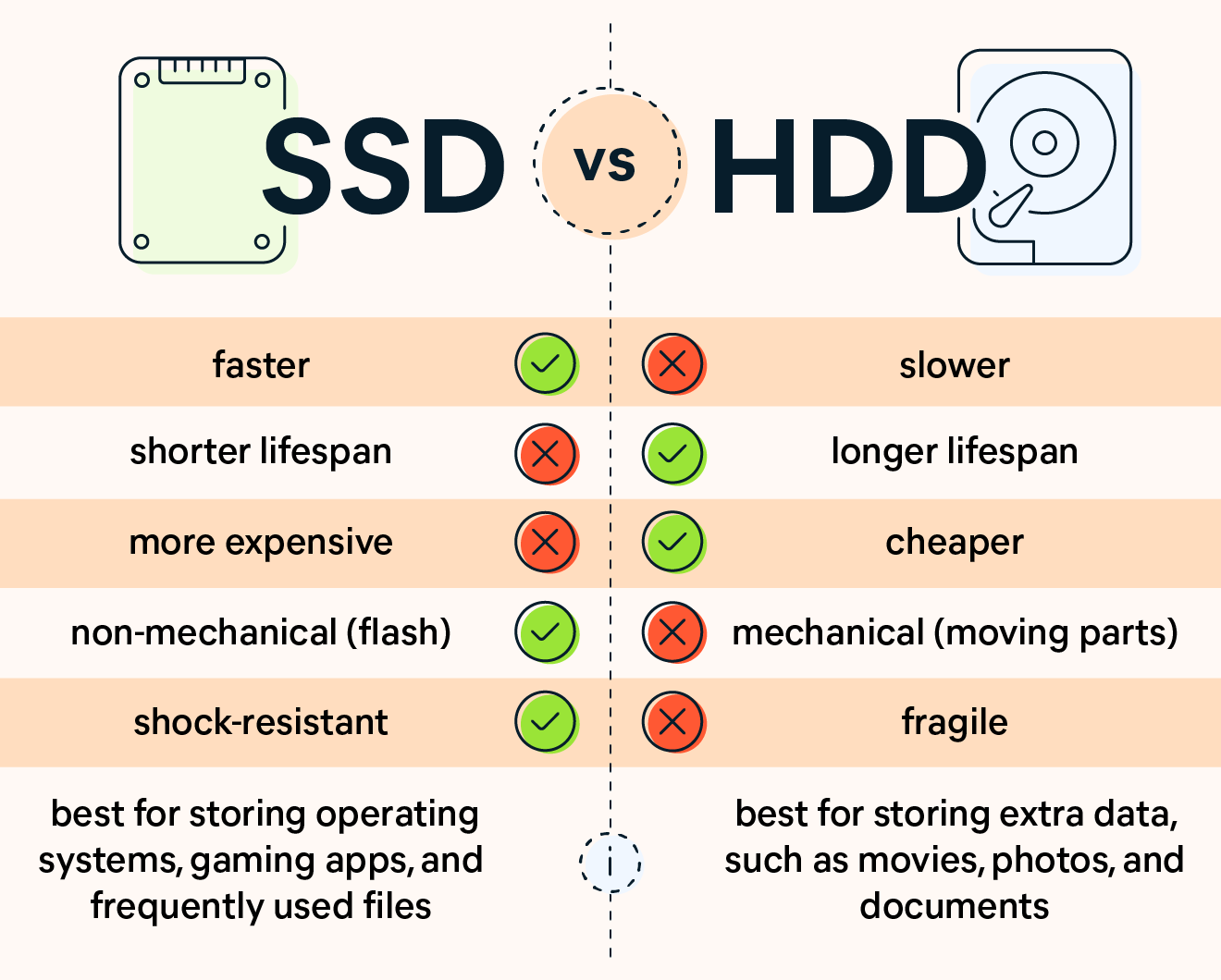
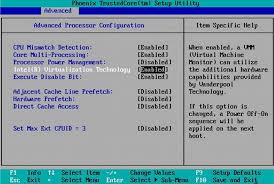
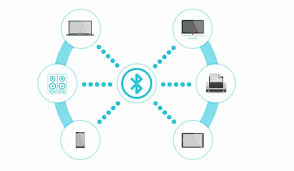


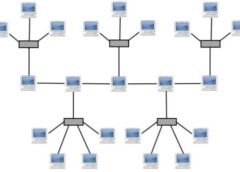
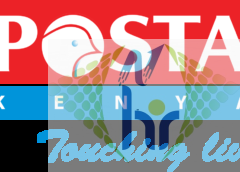

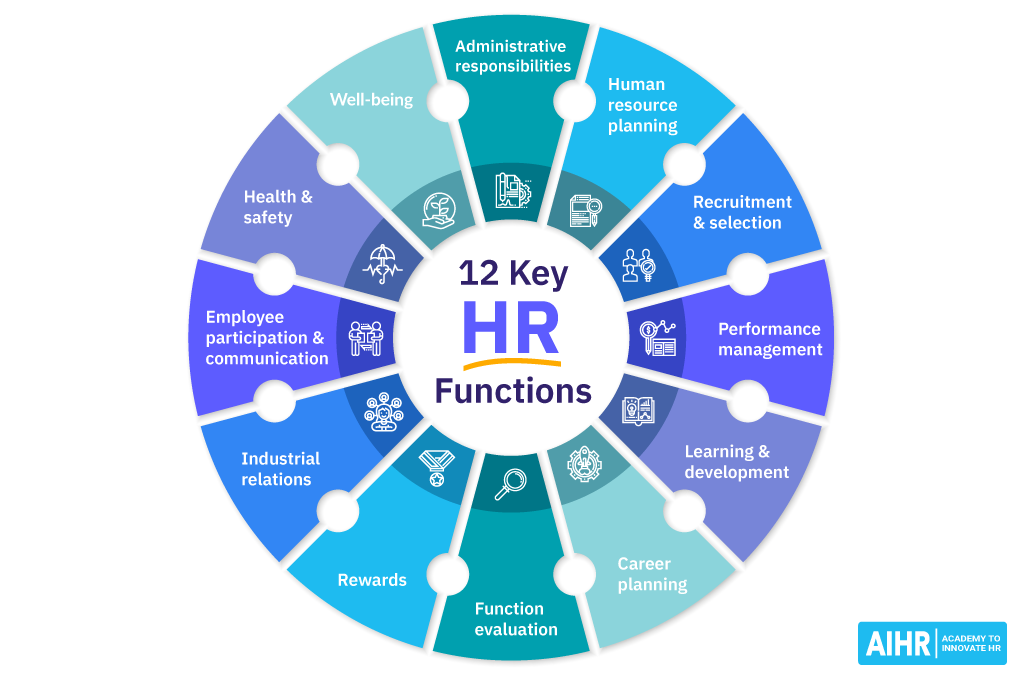




![[Updated 2024] – Passport Application FOR CHILDREN ONLY(PERSONS UNDER 18 YEARS)](https://www.blog.nestict.com/wp-content/uploads/2023/09/keppp-240x172.png)
![[Updated 2024] -Passport Application FOR ADULTS ONLY-PERSONS OVER 18 YEARS](https://www.blog.nestict.com/wp-content/uploads/2023/09/EAF-Passport-e1631045054464-400x800-1-240x172.jpg)


